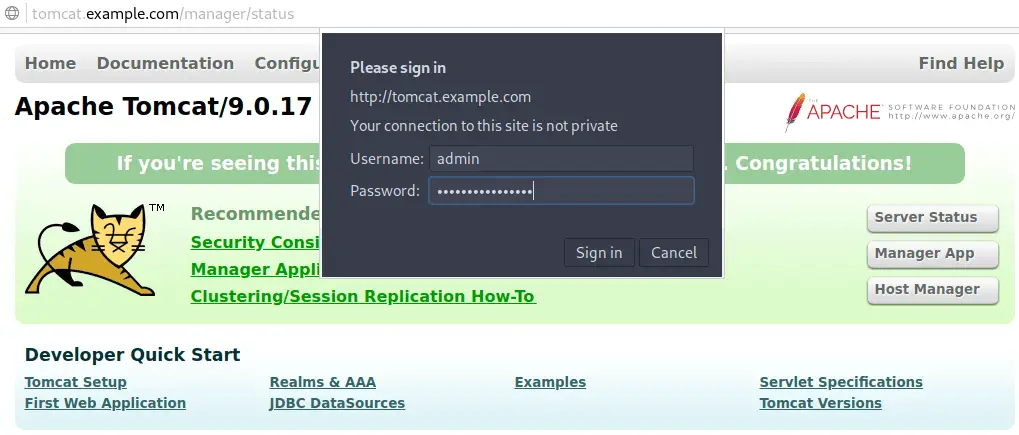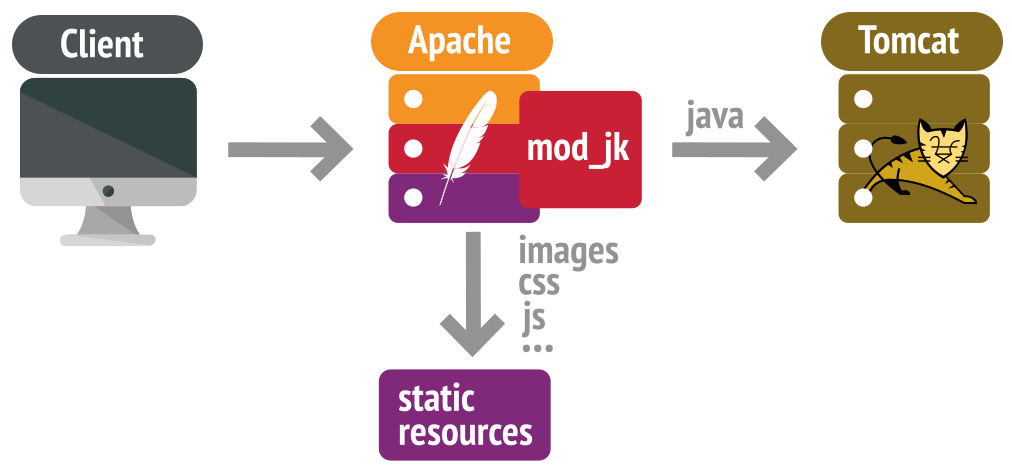

Start a stopped application (thus making it available again).List the available global JNDI resources, for use in deployment tools that prepare elements nested in a deployment description.Reload an existing web application, to reflect changes in the contents of /WEB-INF/classes or /WEB-INF/lib.List the currently deployed web applications, as well as the sessions that are currently active for those web applications.Deploy a new web application, on a specified context path, from the server file system.Deploy a new web application from the uploaded contents of a WAR file.This manager consists of a web application (installed by default on the context path /manager) that supports the following functions: In addition, the Tomcat Manager lets you request that an existing application reload itself, even if you have not declared it to be reloadable in the Tomcat server configuration file.

The Tomcat Manager is for deploying a new web application (or undeploying an existing one) without having to shut down and restart the entire container. You may use the provided sample or choose your own application to work with. It is a simple application that is useful for understanding basic concepts. I am using the Sample Java Web Application from the OpenShift Demos GitHub repository. We will use the OpenShift command-line interface (CLI) for this demonstration, so be sure to install the CLI ( oc) before you begin.Ī note about the sample application: You will need a Java web application to use for the deployment example. To follow the examples, you must have an OpenShift account.
APACHE TOMCAT WEB SERVER HOW TO
I also show you how to access the Tomcat management console on OpenShift. If you are new to OpenShift, then you might want to install Apache Tomcat on top of it for simpler experimentation. This article guides you through installing Apache Tomcat from a Docker image and then using it to deploy a Java web app on Red Hat OpenShift.


 0 kommentar(er)
0 kommentar(er)
